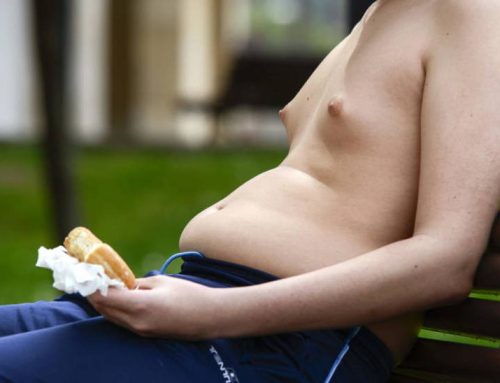Source
Department of Digestive and Endoscopy, Madrid Sanchinarro University Hospital, C/Padre Arrupe 89, Chalet, 28050 Madrid, Spain. clinicalwriter@ymail.com
Abstract
BACKGROUND:
The BioEnterics® Intragastric Balloon (BIB®) is a well-established device for temporary treatment in morbidly obese patients. The aim of this study is the evaluation, in a population of 714 consecutive outpatient setting cases, BIB® results in terms of weight loss and comorbidity change.
METHODS:
BIB® was positioned in all cases after diagnostic endoscopy. The device was inflated under direct endoscopic vision with saline solution (600-700 ml) and methylene blue (10 ml). Intubation was carried out in patients with body mass index (BMI) > 40 kg/m(2) affected by sleep apnea or chronic obstructive pulmonary disease. After 6 months, balloon removal was carried out, and patients were discharged with drug therapy and 1,000 kcal diet. More than 100 patients underwent a second consecutive balloon positioning. One month from the removal of the first BIB, patients were given a second BIB. Patients were followed up weekly. Mortality, complications and their treatment, postplacement symptoms, comorbidities, BMI, percentage of excess BMI loss (%EBL), and percentage of excess weight loss (%EWL) were considered. Data are expressed as mean ± standard deviation.
RESULTS:
From June 1, 2005, to May 31, 2007, 714 patients underwent BIB® placement (143 males/571 females; mean age, 38.4 ± 16.1; mean BMI, 37.6 ± 5.7 kg/m(2); mean EW, 56.3 ± 27.1 kg). After 6 months, mean BMI was 31.1 ± 7.2, mean %EWL was 41.6 ± 21.8, mean BMI loss was 6.5 ± 12.7, and mean %EBL was 44.5 ± 22.6. Of 714 patients, 112 underwent a second BIB placement. At the time of the second balloon placement, mean BMI was 32.9 ± 6.7 kg/m(2); range was 31-51. After the second balloon removal, mean BMI was 30.3 ± 7.2.
CONCLUSIONS:
BIB® treatment is a safe and effective procedure for weight reduction, without mortality and with very low morbidity rates even in nonhospitalized patients. A second balloon can also be positioned without difficulties, achieving good results after 12 months of treatment.




¡Síguenos en Redes Sociales